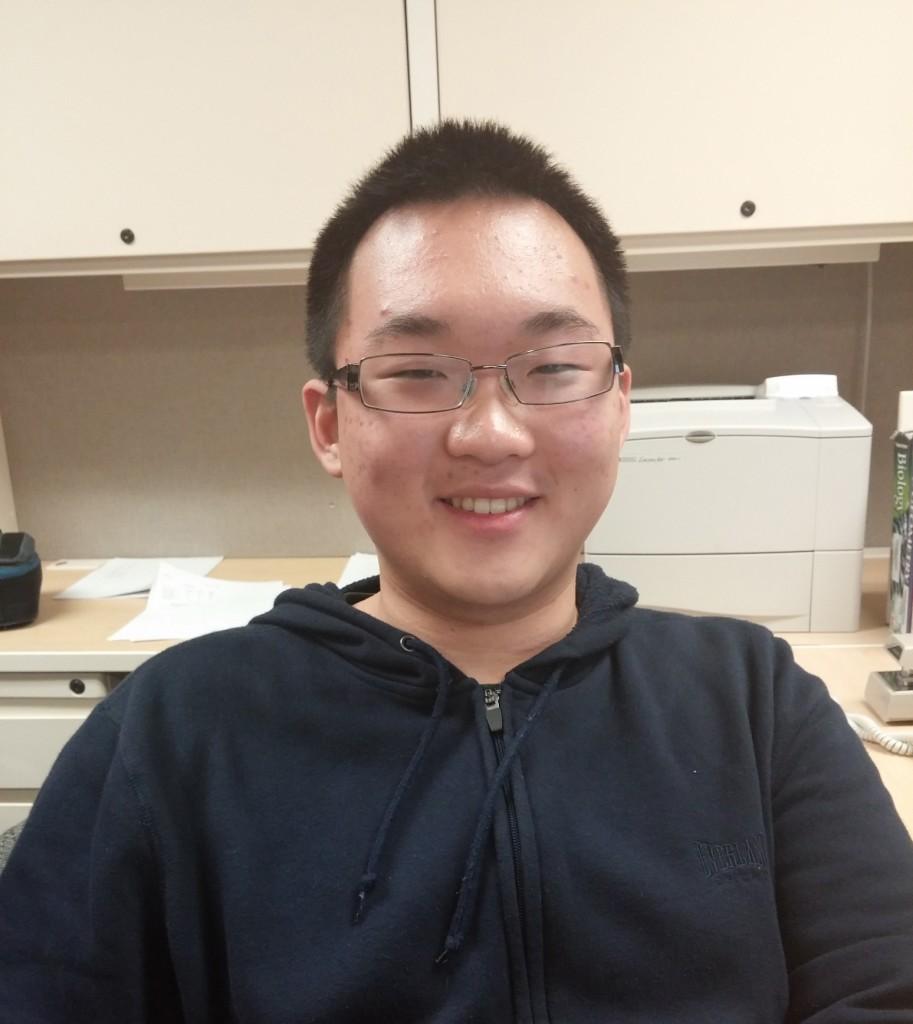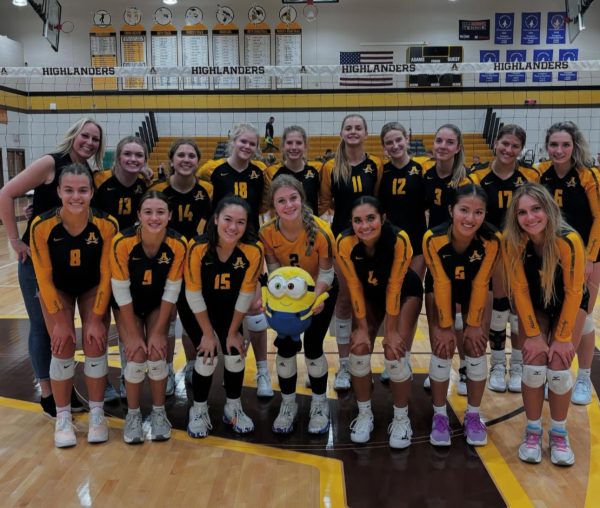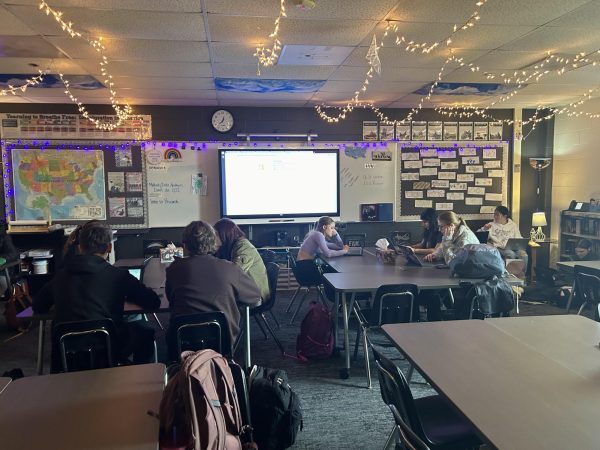Adams Junior wins Grand Award at Science and Engineering Fair
Dan Jin won the Grand Award at the The Science and Engineering Fair of Metro Detroit (SEFMD).
The Science and Engineering Fair of Metro Detroit (SEFMD) is a science fair which runs each year that aims to give middle and high school aged students the opportunity to explore and develop a multitude of science experiments and exhibits.
Students can submit projects to the SEFMD in several categories including: engineering, computer science, biochemistry, and botany. Out of the 1,600 students who submitted projects, only one student from Adams High School participated this year – junior Daniel Jin. Although he was up against a lot of competition, he brought home the Grand Award which only six individuals have the honor of winning.
“I developed a circuit that can detect counterfeit parts essentially,” Dan said. “I read some articles online about how big of a problem counterfeiting is.”
His project helps determine whether a circuit board being used is non-authentic, an issue that is present in the auto industry. In an analysis by the International Chamber of Commerce, it is projected that two and a half million jobs have been lost due to counterfeiting and piracy.
Other students at the 2014 SEFMD attempted to solve current issues in the world, detecting cancer from MRI images, ways to monitor water toxicity, and even projects that tried to stabilize laser accuracy. These science fairs encourage students to solve very real problems.
“There was a team project that built a navigation system for the visually impaired. It would detect if an object was close to you,” Dan said.
By winning the Grand Award, Dan is qualified for the International Science and Engineering Fair held in Los Angeles, California, where students from all over the world compete for more than $4 million in scholarships, as well as a myriad of awards. The role of science fairs like SEFMD and the ISEF are integral to increasing interest among American students in science, technology, engineering, and mathematic (STEM) fields.
According to ed.gov, most STEM fields will see an above-average increase in the number of available jobs, although, not enough students are going into STEM fields, with only four percent of high school graduates studying STEM in college.





